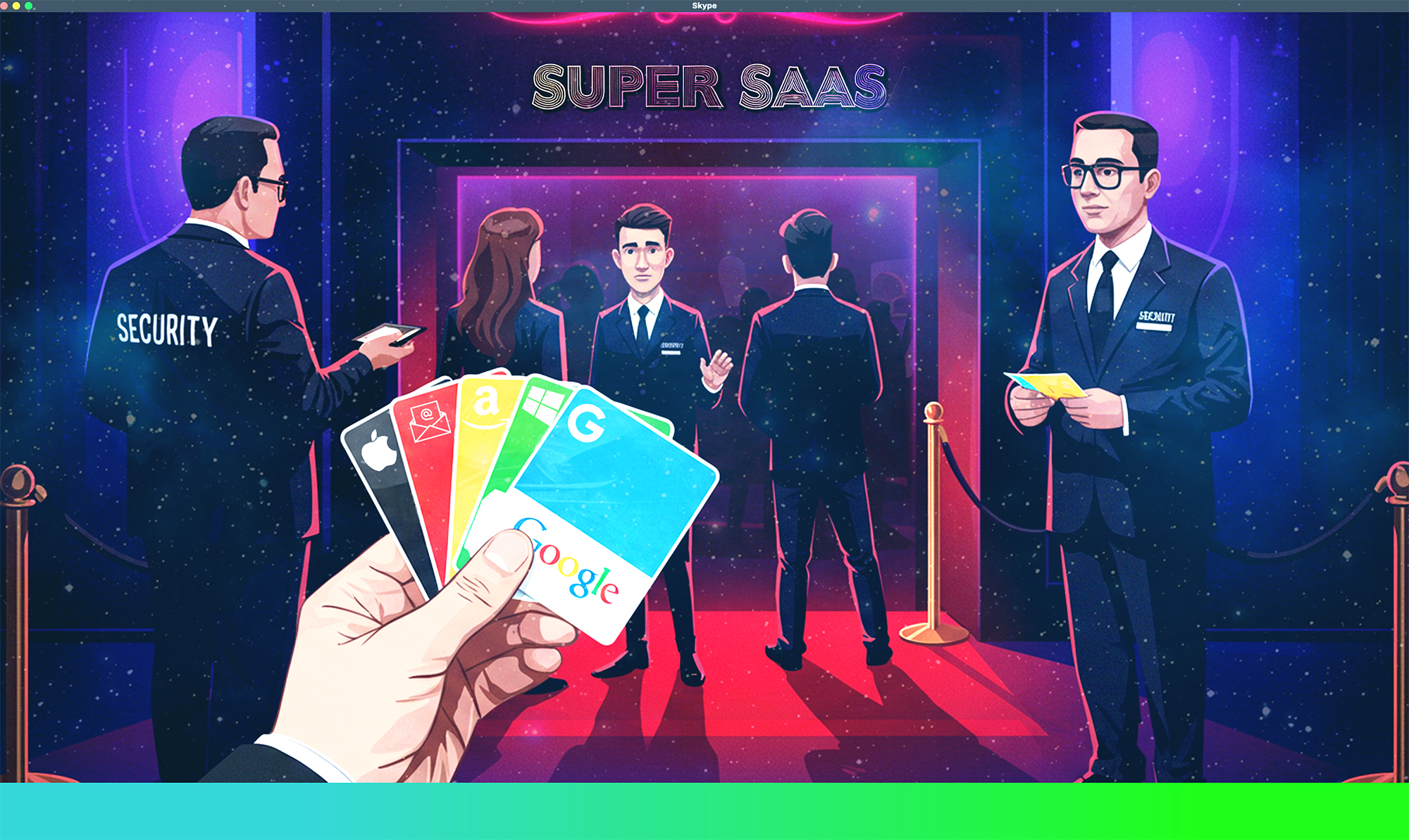
Validate Your SaaS Idea: 7 Data-Driven Tactics
“Execution trumps inspiration.” That mantra saves founders from pouring months of code into an idea nobody needs. Validation swaps guesses for data, so you only build what customers are itching to buy.
Why idea validation matters
- 90 % of SaaS failures trace back to “solution in search of a problem” syndrome. Focusing on validation first slashes wasted spend and accelerates time‑to‑revenue.
- Seasoned founders like Rob Walling advise keeping a running problem log long before thinking about features.
1 Capture real pain in a Problem Diary
- Write down pain points as you spot them. Emails from colleagues, rants in Reddit threads, awkward hand‑offs in your own workflow.
- Rate each entry on urgency, frequency and budget. A 3×5 index card works—spreadsheet later.
- Short‑list the top three pains that score high on all three dimensions.
Signal to look for : prospects who already hack together spreadsheets or Zapier ziplines to solve the issue.
2 Run bias‑free customer interviews
- Avoid pitching. Use The Mom Test style questions that dig for stories, not opinions.
- Interview 15‑20 people from your target persona list.
- Tag quotes that mention time saved (£), direct revenue unlocked (££) or compliance risk avoided (£££).
3 Map the competitive gap
- List direct alternatives (tools, freelancers, in‑house hacks).
- Score each on price, learning curve, completeness.
- Highlight the job‑to‑be‑done your SaaS could own uniquely.
Use this matrix to carve a crisp Unique Value Proposition before you draft a single line of code.
4 Launch a 48‑hour landing‑page smoke test
Rob Walling’s “Marketing First” playbook recommends testing demand with a simple page and paid outreach before writing code.
Recipe
- Whip up a one‑pager on Carrd or Wix: headline, pain, promise, 3 key benefits, email capture.
- Drive 100–200 ideal visitors (LinkedIn Sales Navigator + cold DMs).
- Green light = ≥ 3 % sign‑ups.
Pro tip: build two variants and A/B‑test headline vs call‑to‑action copy for extra learning.
5 Validate willingness‑to‑pay early
- Offer a paid early‑access licence or refundable deposit to top sign‑ups.
- Even a £29 upfront fee forces serious intent and uncovers objections long before launch.
If 5 of your first 20 leads pull out a card, congratulations—you just proved price elasticity without shipping software.
6 Score the idea with a simple framework
Rob Walling’s 5 PM scorecard (Problem, Purchaser, Pricing, Market, Founder fit) lets you rank contenders objectively. Anything scoring < 60/100 goes back to the drawer.
Common pitfalls to avoid
PitfallReality check
Falling in love with tech Nobody cares about AI/Blockchain unless it removes a bottleneck.
Talking to friends They’ll try to be nice—talk to strangers with budgets.
Vanity metrics Page views ≠ validated demand; cash commitments do.
Quick‑start toolkit
- Interview capture: Otter.ai, Dovetail.
- Page builders: Carrd, Unbounce.
- Outreach: LinkedIn Sales Navigator + Waalaxy sequences.
- Pre‑order payments: Stripe checkout links.
What a “yes” looks like
- Signal Target
- Interviewees call the problem “urgent” without prompting ≥ 70 %
- Landing‑page conversion ≥ 3 %
- Pre‑orders / deposits ≥ 5 customers or £500 ARR
- Hit the marks? Time to sketch your Minimum Lovable Product (see Post 2). Miss them? Pivot or ditch gracefully—before technical debt snowballs.
Next step
Download the free Idea Validation Canvas and map your findings today.
When you’re ready, book a 20‑minute call and we’ll sanity‑check your data together.



